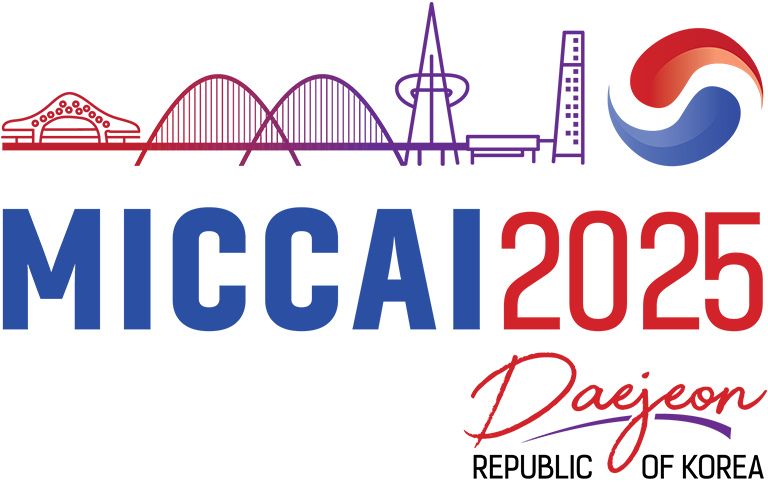STIR Challenge 2025

Description
 The 2025 STIR (Surgical Tattoos in Infrared) Challenge (STIRC2025) is a challenge to quantify methods in deformable tracking, mapping and reconstruction. STIR is a part of EndoVis challenge at MICCAI 2025 (September 23-27, 2025). STIR will be quantified using a non-public test split of the publicly available STIR Dataset, STIROrig. The dataset is a stereo dataset with ground truth labels created using Infrared Tattoos1.
The 2025 STIR (Surgical Tattoos in Infrared) Challenge (STIRC2025) is a challenge to quantify methods in deformable tracking, mapping and reconstruction. STIR is a part of EndoVis challenge at MICCAI 2025 (September 23-27, 2025). STIR will be quantified using a non-public test split of the publicly available STIR Dataset, STIROrig. The dataset is a stereo dataset with ground truth labels created using Infrared Tattoos1.
Objective
Track points accurately and efficiently in videos
Motivation
Robust tracking and mapping in deformable scenarios is essential to enable downstream tasks in medical computer vision, such as motion compensation, and subtask automation2. A robust means to evaluate these methods for clinical efficacy requires a large labelled dataset, and a standardized evaluation. The STIR challenge provides that.
Example with MFTs3
Here are some examples of a baseline method (MFTs) on the STIR dataset.
News
- Feb 4, 2025 STIRC 2024 evaluation data shared
- March 31, 2025 STIRC 2024 report paper shared
- April 2, 2025 Synapse website launched
- May 4, 2025 Webpage updated for STIRC 2025
- May 27, 2025 Submission instructions posted
Timeline
- August 20, 2025 Submissions due
- Late August, 2025 Report Submission Deadline
- September, 23-27 2025 Challenge day at MICCAI 2025
Organizers
TBA
Organizers
| Name | Institution |
|---|---|
| Adam Schmidt | Intuitive |
| Mert Karaoglu | ImFusion & TUM |
| Alexander Ladikos | ImFusion |
| Omid Mohareri | Intuitive |
| Simon DiMaio | Intuitive |
Sponsors

Contact
Questions about our challenge should be posted on the synapse forum for this challenge. To formally register for the challenge, please email your signed registration form to challenge.stir@gmail.com.
References
- Schmidt, Adam, Omid Mohareri, Simon DiMaio, and Septimiu E. Salcudean. “STIR: Surgical Tattoos in Infrared.” IEEE Transactions on Medical Imaging (2024).
- Schmidt, Adam, Omid Mohareri, Simon DiMaio, Michael C. Yip, Septimiu E. Salcudean. “Tracking and mapping in medical computer vision: A review.” Medical Image Analysis. 2024 Mar 2:103131.
- Neoral, Michal, Jonáš Šerých, and Jiří Matas. “Mft: Long-term tracking of every pixel.” In Proceedings of the IEEE/CVF Winter Conference on Applications of Computer Vision, pp. 6837-6847. 2024.
